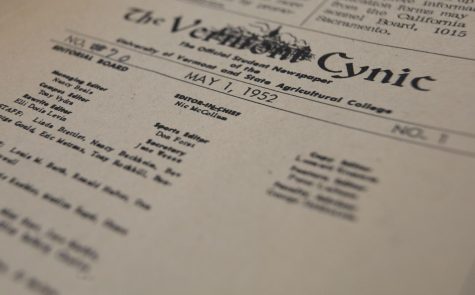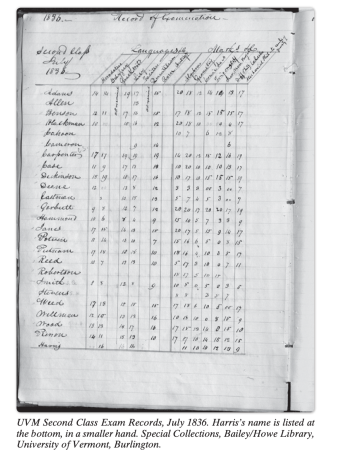The Ever-Changing UVM Alcohol Policy
This summer the Center for Student Ethics and Standards lowered the number of servings of alcohol that any UVM student, including students over the age of 21, may possess at any given time from 56 servings to 24. This is known as the Common Source Policy.
The policy states that “residents 21 and over may have up to 24 servings of alcohol in the presence of other persons 21 and over,” but when in the presence of a person under 21, the number of servings drops to 12. This means 24 servings of alcohol total in any location, not per person.
Until August of this summer, a common source was 56 or more servings of alcohol or more in one location, roughly the size of a keg, “a totally different social situation than with 24 [servings]” said Williams, adding that, “We [CSES] have an obligation to create a healthy and safe environment, even if that may feel restrictive to students.”
Despite changes to the policy, there have been over 200 cases of underage drinking reported to CSES and 70 detoxes of first year students, both drastically higher than Fall of 2004. However, there have not been any reported cases of 21-year-old students providing alcohol to underage students, a statistic that Williams suspects can be attributed to a greater awareness about the consequences of violating school policy.
The Common Source Policy is part of the Code of Student Rights and Responsibilities, and is therefore applicable to any registered student of any age. A violation of the policy will result in a $150 fine and will go on the student’s judicial record, which only becomes permanent in the case of suspension or expulsion from the university.
On October 18th, Harriet Williams, The Assistant Director of the Center for Student Ethics and Standards, presented the updated Common Source Policy to the Student Government Association. Sarah Poirier, SGA President, expressed concern about the vagueness of the policy, especially concerning enforcement off campus and the level of punishment a violator will receive. Poirier also pointed out that the policy does not differentiate between different proofs of alcohol, one ounce of 70 proof alcohol and one ounce of 151 both count equally in the policy despite the fact that they have different effects on blood alcohol levels. “A shot is a shot,” said Williams of the discrepancy.
“The biggest problem [with the policy] is that they want to enforce it off campus, but it does not violate any laws,” said Poirier, “How can they justify it?” For this reason exactly, the policy is extremely difficult to enforce off campus.
Burlington Police are not required to record the number of servings of alcohol when they respond to an off campus incident, unlike the University Police who do record the number of containers (empty or full). “Is there an inconsistency? Sure,” said Williams, attributing it to the fact that the Burlington Police are not responsible for enforcing university policy. Because of this, the majority of people who have been caught for common source violations in the past were caught either in residence halls or in the parking lots of residence halls, a few have also been caught leaving the liquor store. Although the potential is there for 21-year-old students to be charged with a common source violation, since Williams came to UVM in 2003, she has only seen 2 cases where a person over 21 was documented for a common source violation.
Although the number of servings that determines a common source has changed since August, there has been no change in the enforcement of the policy.
Poirier said that The SGA “will most likely write a resolution against it for off campus students” in the coming weeks, after more research into similar policies at other universities and after meeting with CSES about it.
Poirier noted that off campus among 21-year-olds, the policy is “ridiculous to me because we are not doing anything illegal,” whereas on campus it “makes more sense because students [that are 21] living on campus are among a majority of underage people.”
The resolution will most likely be written by SGA Senator Ben Blumberg, the chair of the SGA committee on Legislative action, or by the Student Action Committee. Poirier expects that the SGA will pass the resolution. Although the resolution will not directly change the policy, it will serve as a “formalized opinion that represents the majority of the student body” said Poirier, and it can then be presented to certain committees that do have the power to change the policy, including (and most effectively, according to Poirier) the Board of Trustees.
Poirier hinted doubt about the ability to the Common Source Policy to hold up if contested in court, and stated one of the roles of the SGA as protecting students’ rights. On the other hand, Williams sees the role of CSES as “trying to create a community where people feel safe.”










